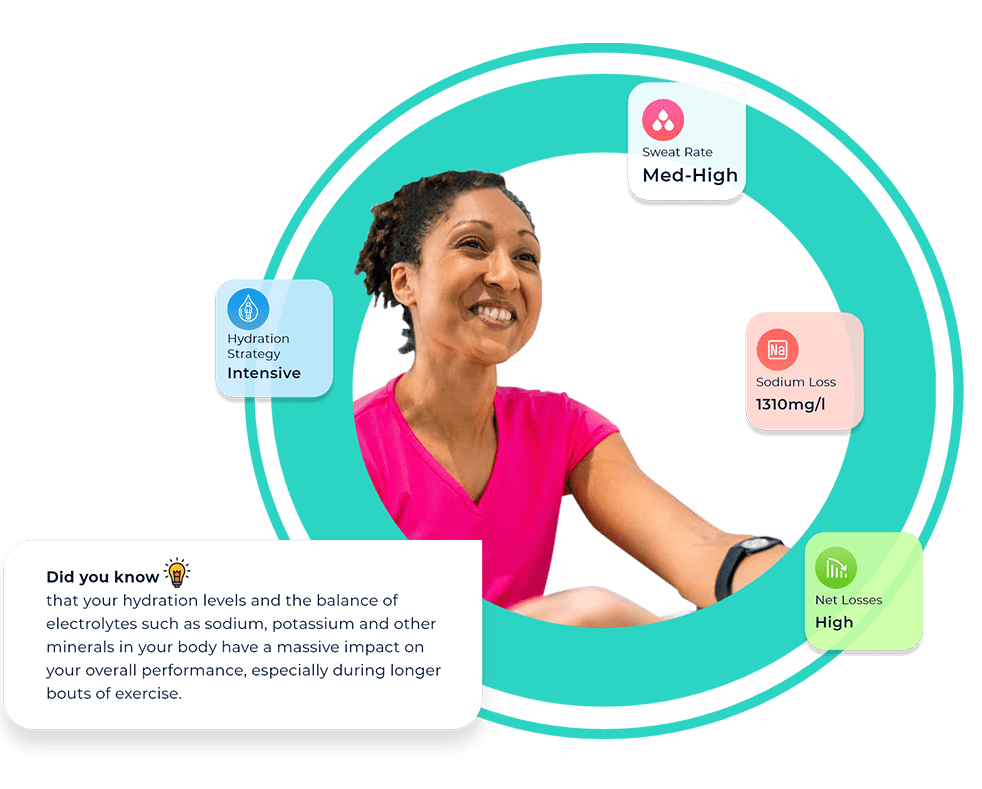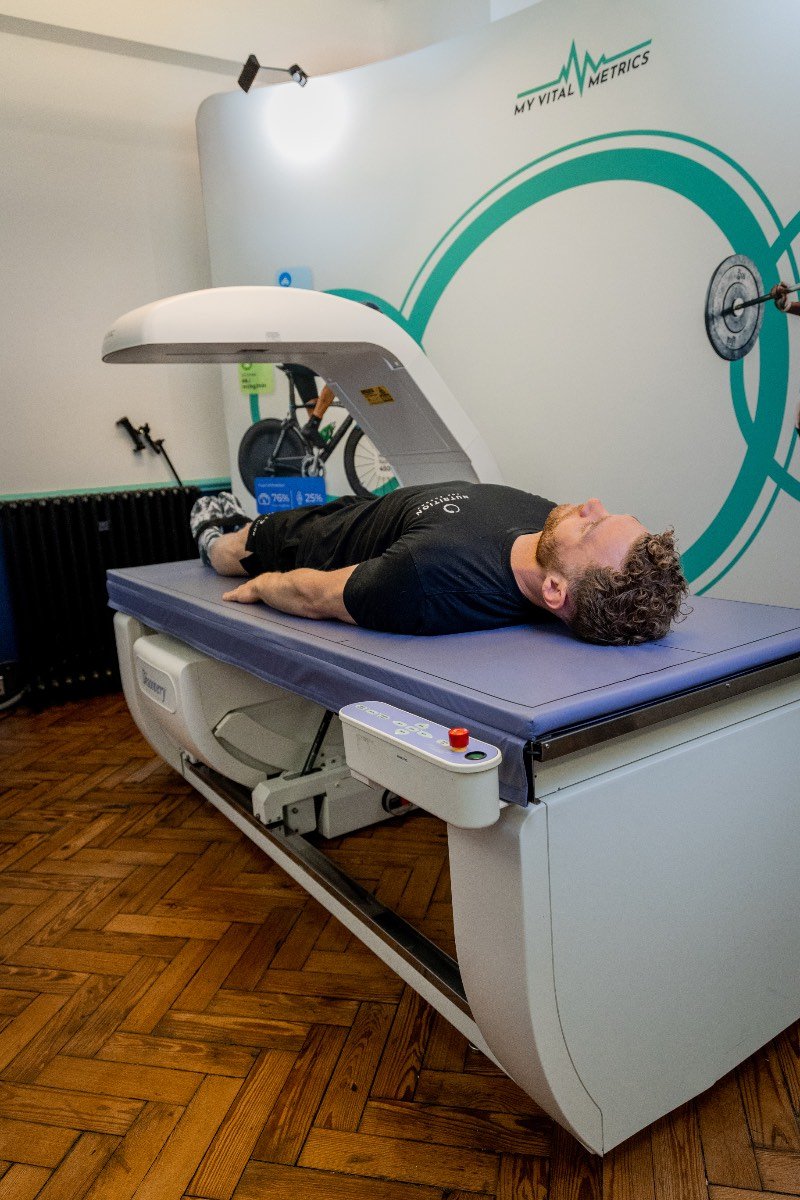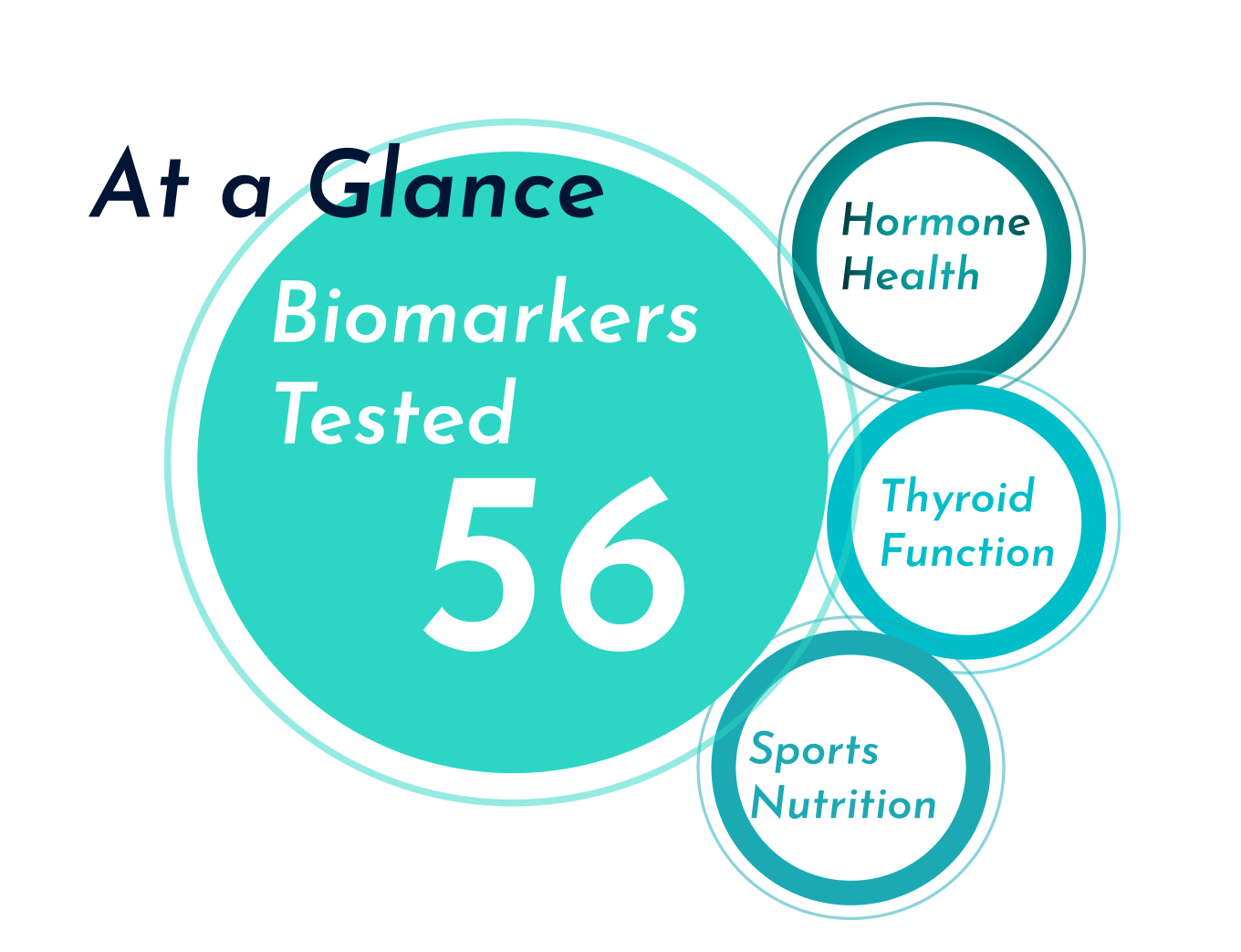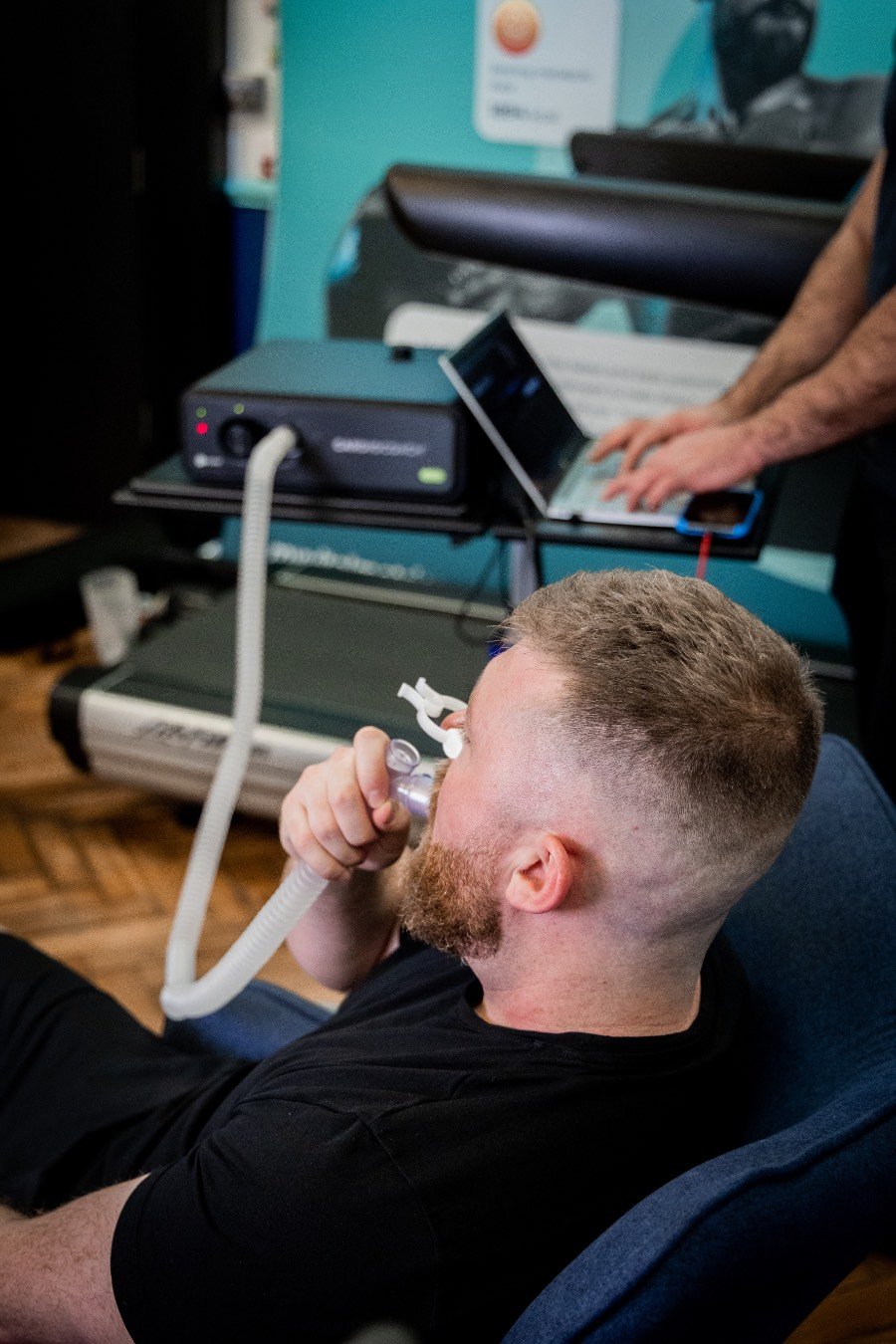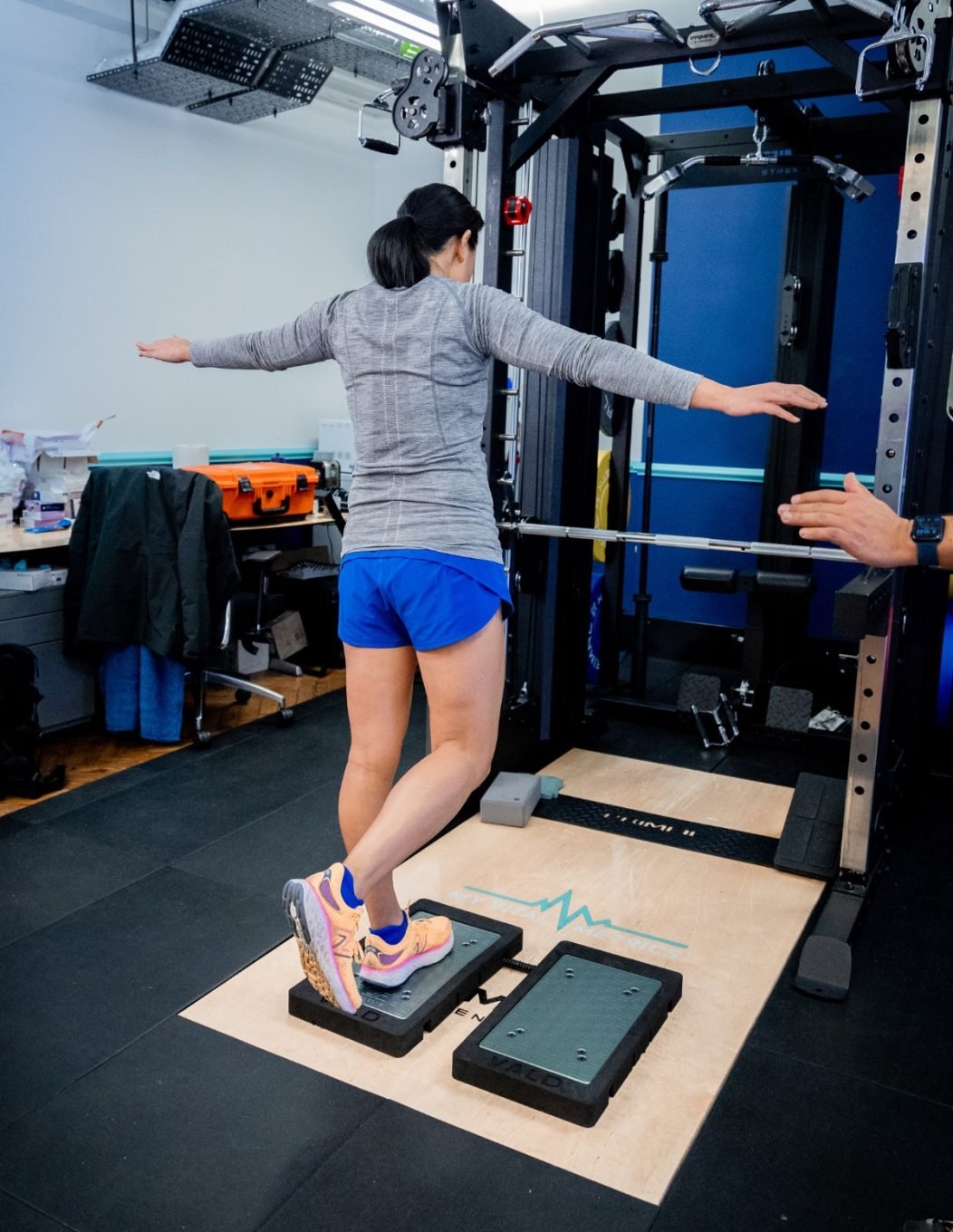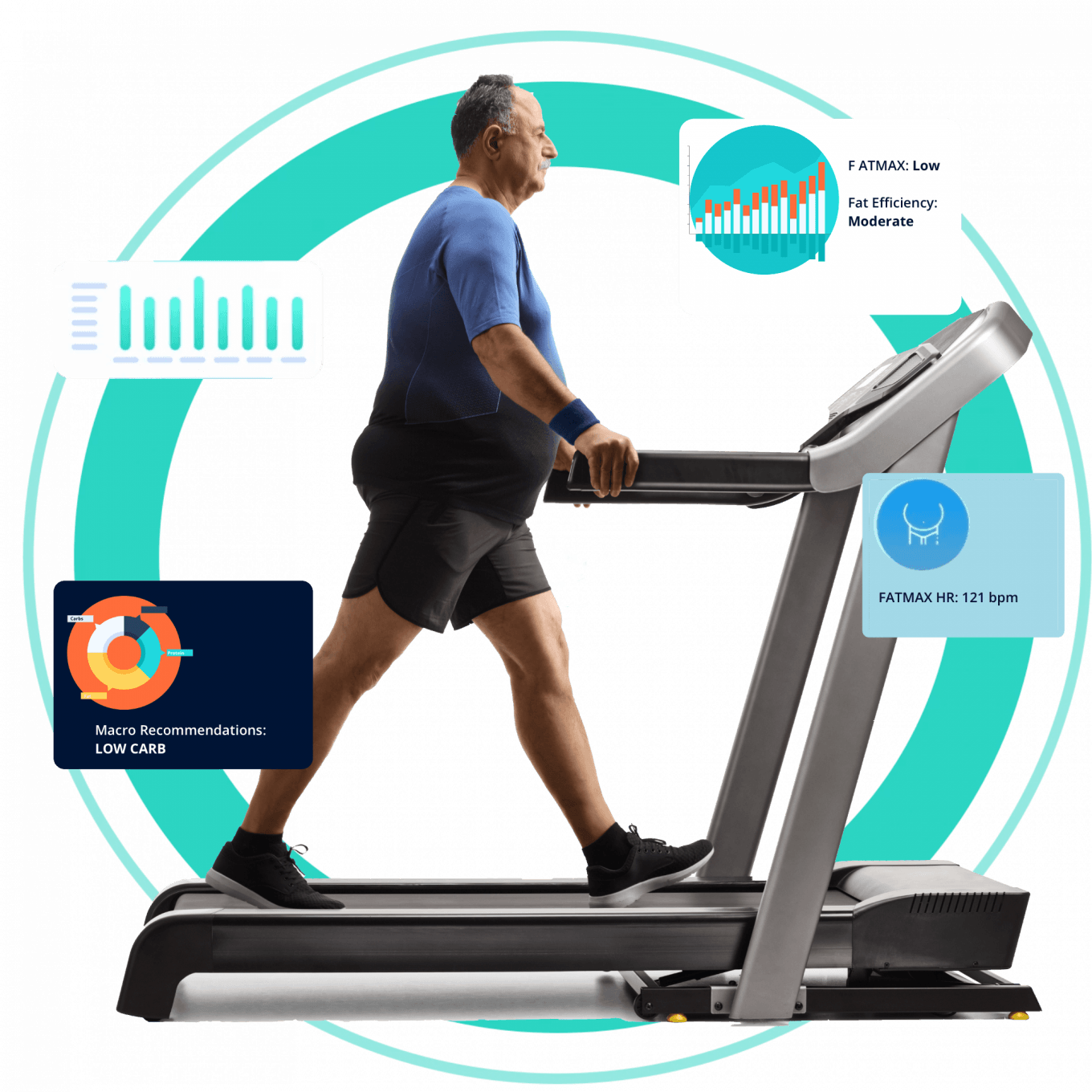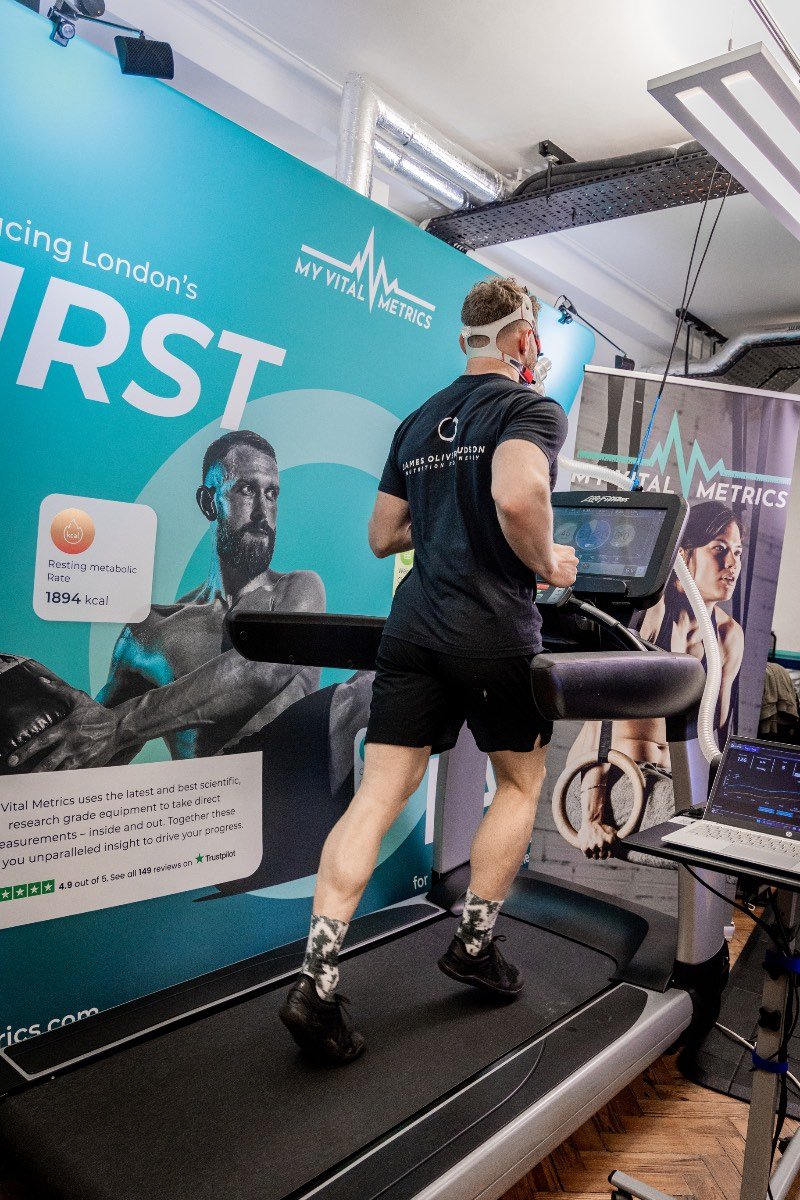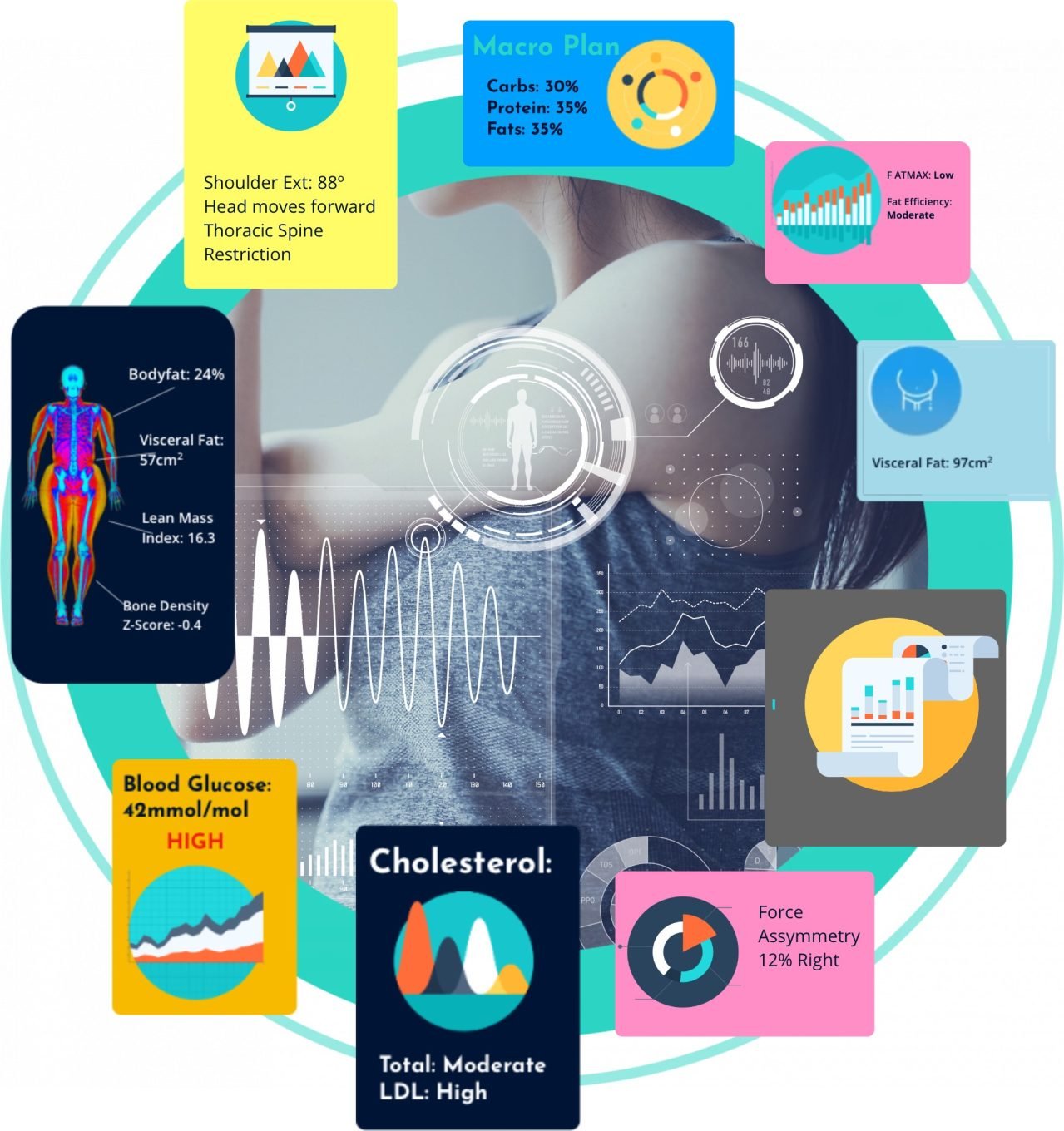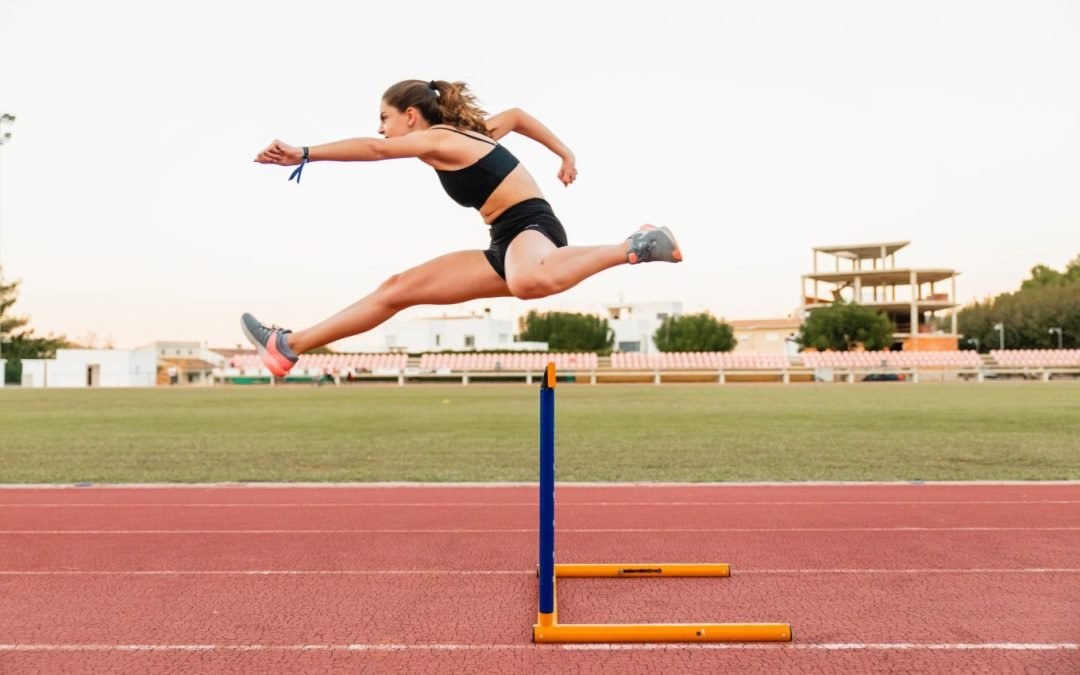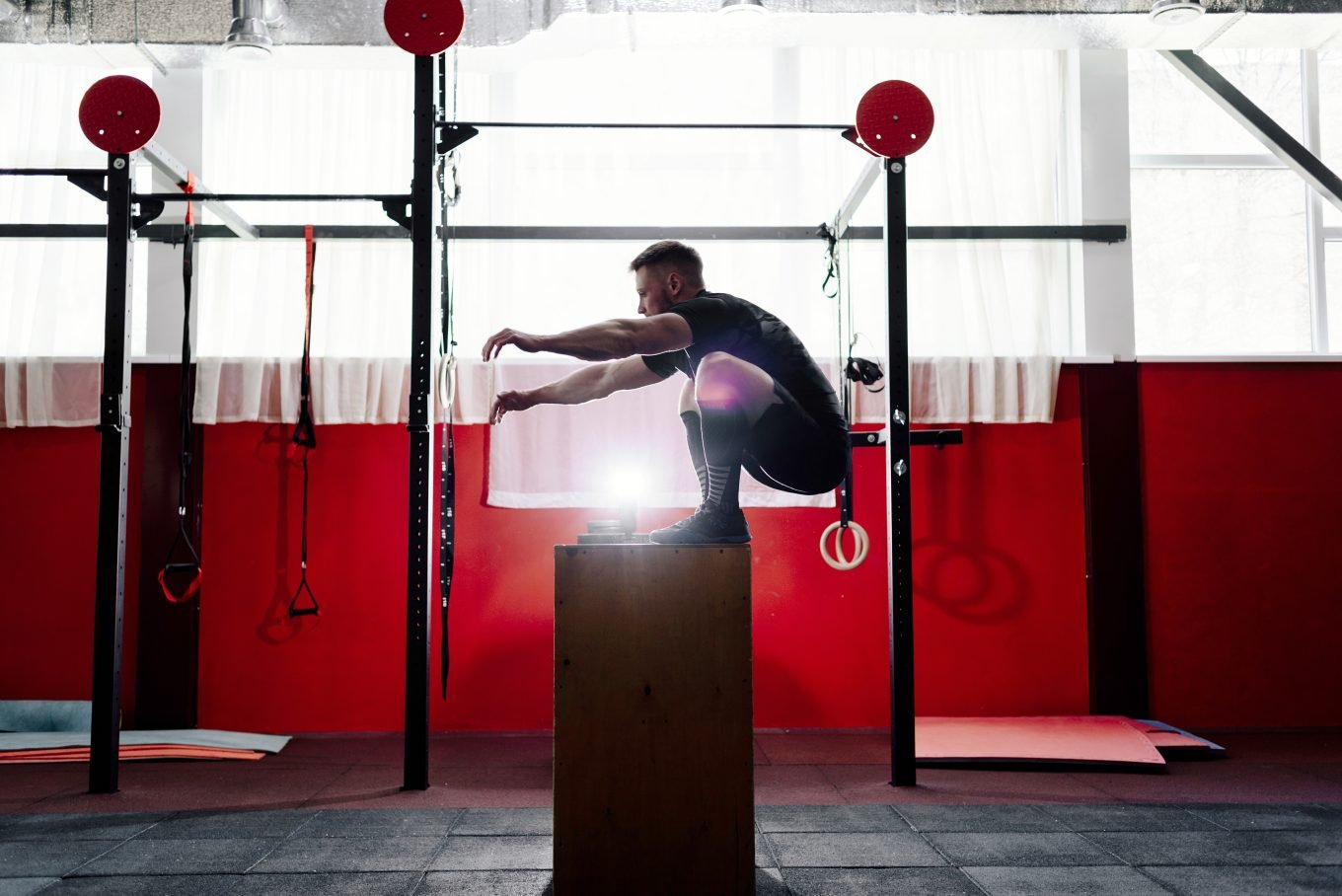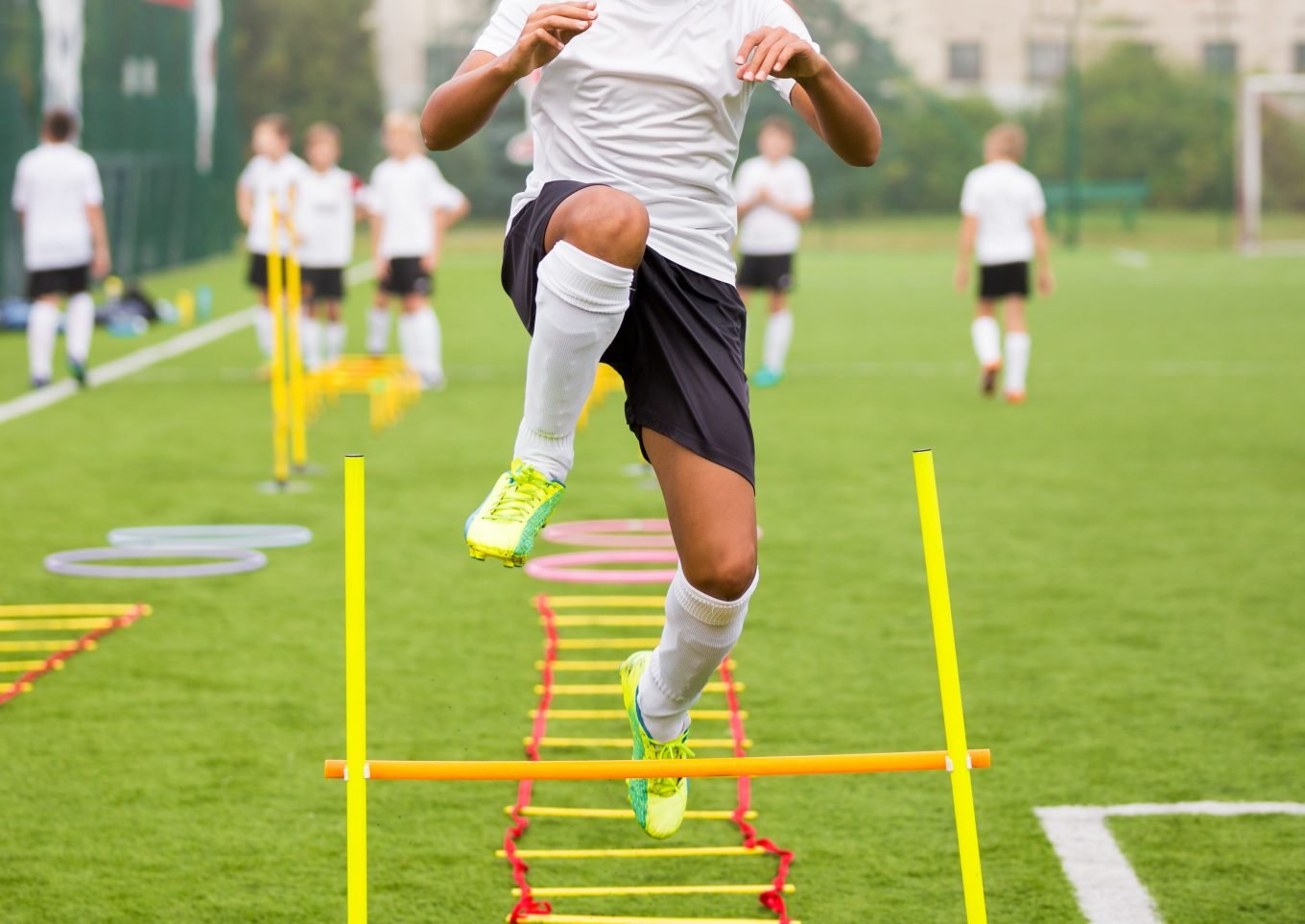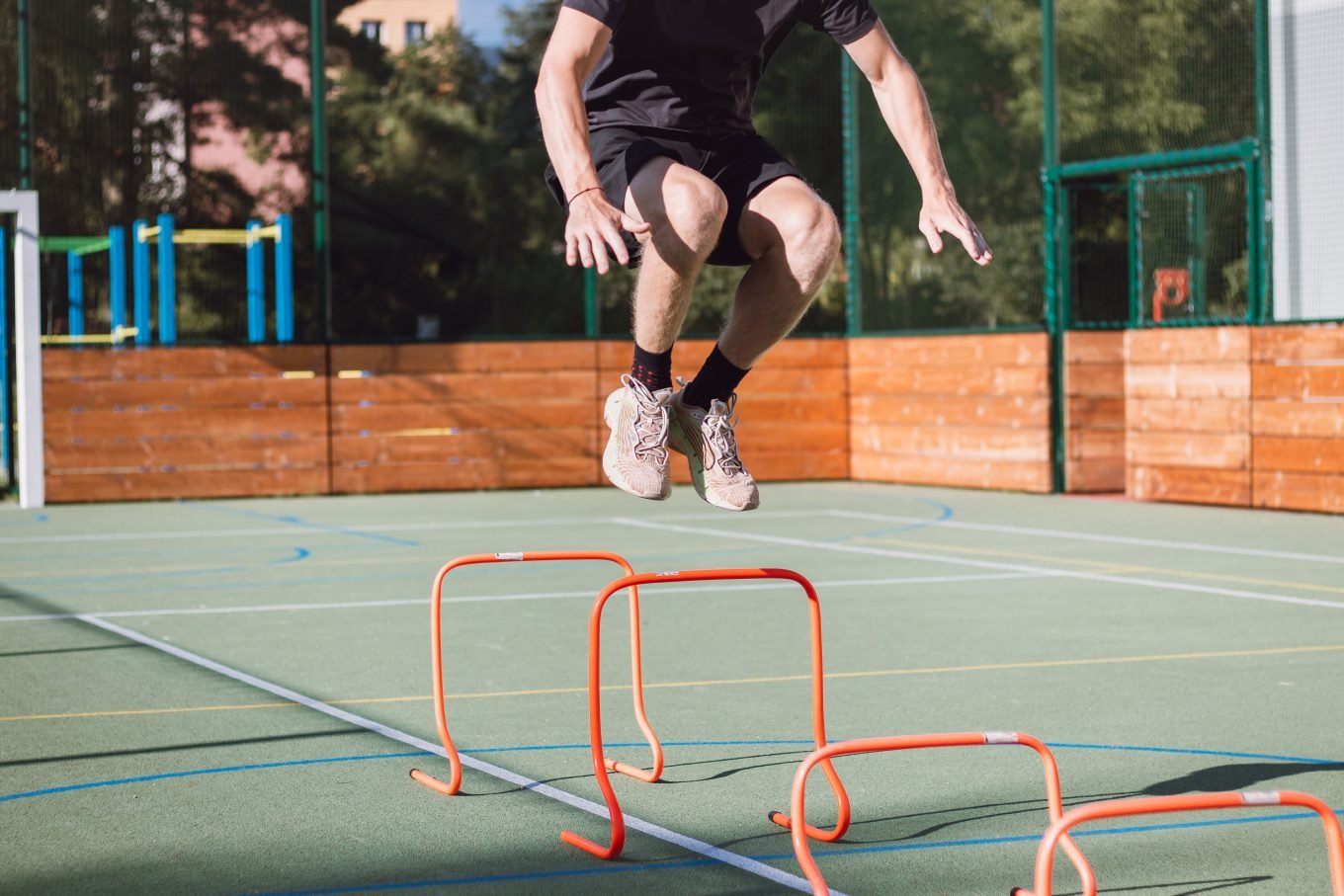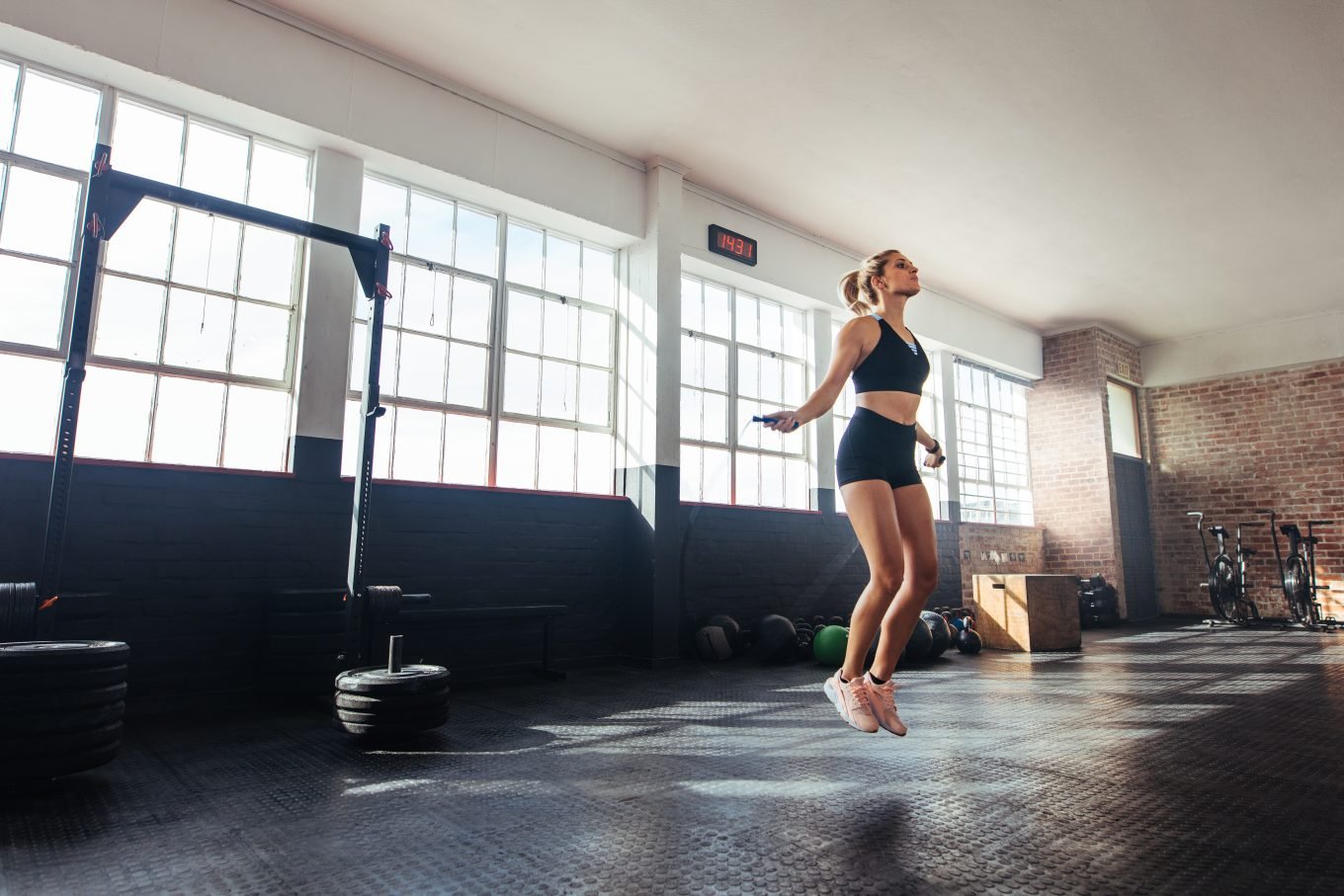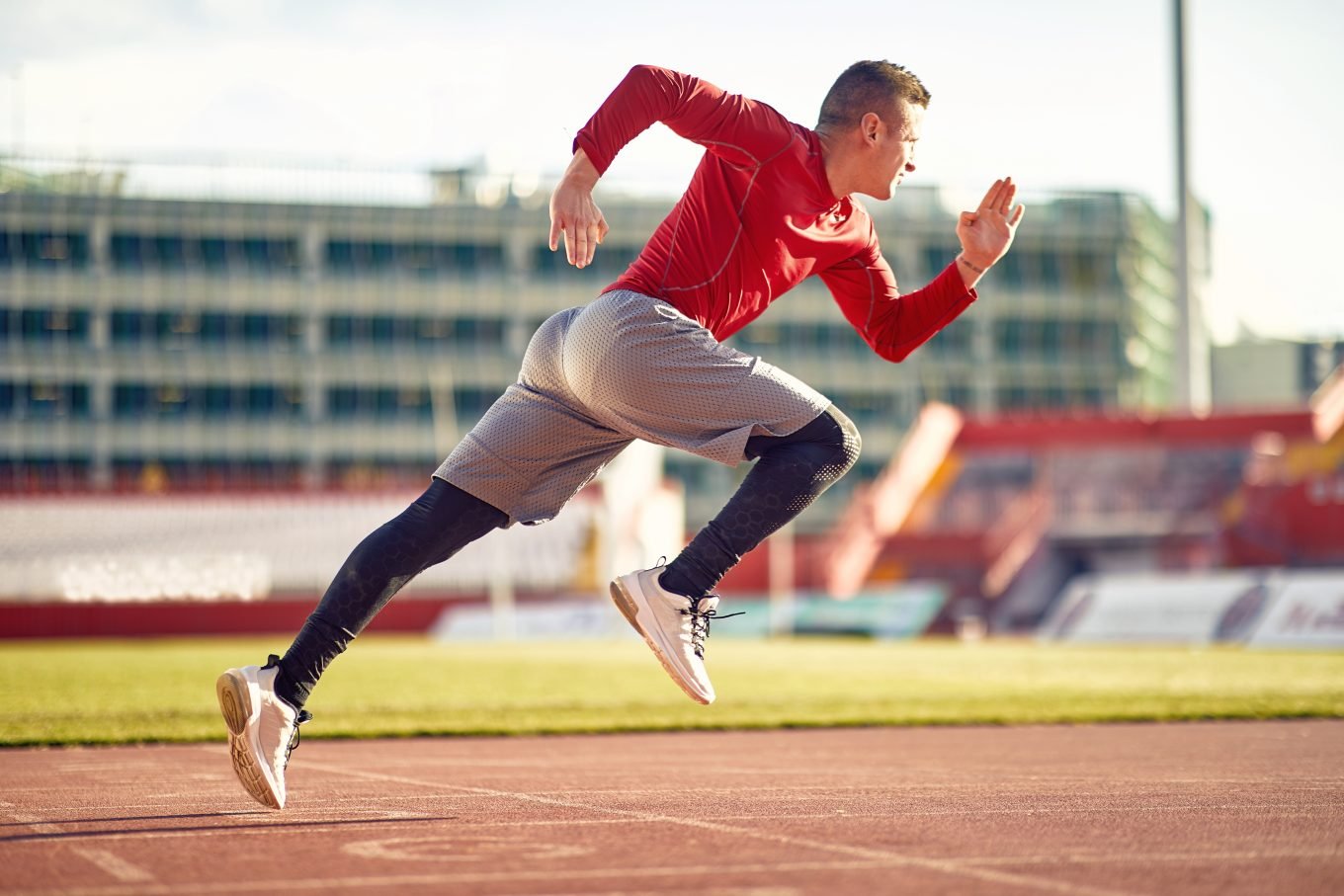Whether you’re an athlete looking to optimise your performance, a gym goer looking to increase your functional fitness, or simply interested in prioritising moving well as you age, improving agility is a crucial workout consideration.
But what is agility, and how can you improve it?
In this article, we’ll outline what agility is, why it matters, and share 5 of the best exercises to improve agility. Ready to learn how to improve agility? Let’s get started.
What is agility?
Agility refers to the ability to change direction, at speed, with ease. Being agile requires a mixture of speed, power, flexibility, and coordination. It also requires a lot of joint stability, as they are being put into compromising positions, and under varying levels of strain. When combined, these skills equip us to move easily, navigate obstacles, and adjust course.
Agility is an essential component of most sports – particularly those that require fast change of direction. Team sports such as football, basketball, rugby, and hockey require fast responses to both the ball and other players. Similarly, individual sports like tennis and squash require rapid movement in response to the ball, while sports like skiing, surfing, and snowboarding call on the athlete to respond to the elements while moving at speed.
Why is agility important?
In addition to improving sports performance, incorporating exercises to increase agility has a range of benefits.
Agility training helps to:
- Improve overall fitness
- Help injury prevention and reduce the chance of falls in older adults
- Improve functional movement and body awareness
- Boost calorie burn
- Improve cardiovascular fitness
- Increase workout engagement and program adherence – agility training is fun!
- Improve cognitive functioning, including working memory and attention
- Improve mobility
With so many benefits, getting more agile is a great SMART fitness goal to prioritise this year.
Who needs to do agility training?
Agility is an essential training component for almost all athletes. Many agility drills mimic the skills and movements used during sports that include quick changes of direction, such as football, and agility training is a common component of athletic training.
However, agility training isn’t only for athletes – pretty much everyone can benefit from incorporating agility training into their workout regime. Agility is a key element of functional fitness, which is a core element of workout programs like Crossfit and Les Mills. Functional fitness prioritises building strength through movements that support activities of everyday living, such as lifting, carrying, bending, and reaching. Functional workouts can be a great way to improve mobility, balance, and flexibility, and encourage injury prevention as we get older.
What is agility training?
There are endless training exercises to improve agility, and agility training doesn’t need to look one specific way.
Whether you incorporate agility drills into an existing workout or train agility separately, the key is to incorporate a range of drills that build upon basic movements with increasing control, speed, and complexity. This could be as simple as a series of shuttle runs, alternating between a run, shuffle, and lateral step.
Agility training doesn’t need to be a separate workout if you don’t have the time – many agility workouts can double as cardio training, and agility drills also make a great warm-up.
How to improve agility: 5 training drills to improve agility and speed
Ready to get started improving your agility and speed? Incorporate the following drills into your agility training 1-2 times per week and watch your agility improve.
Plyometric box drills
